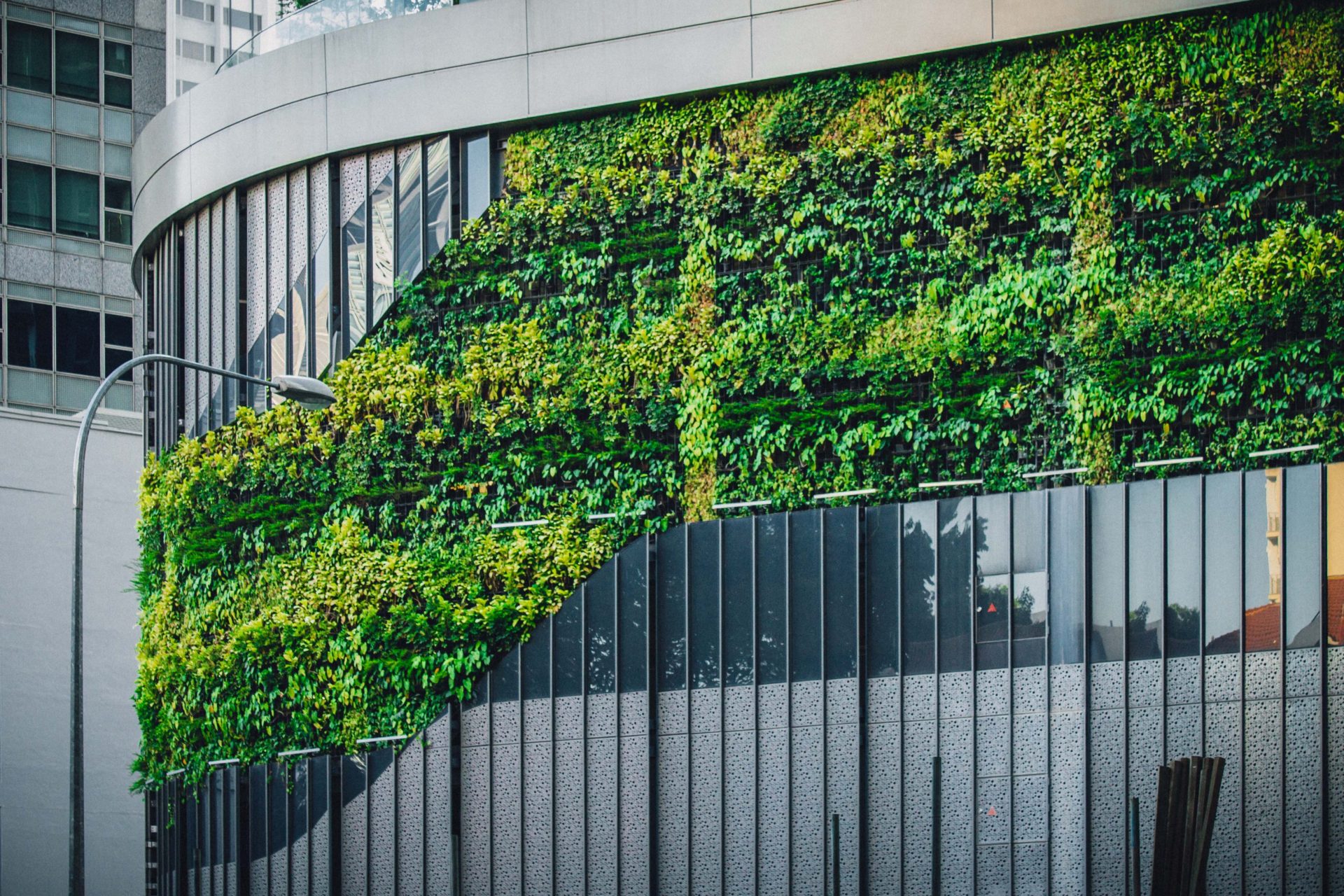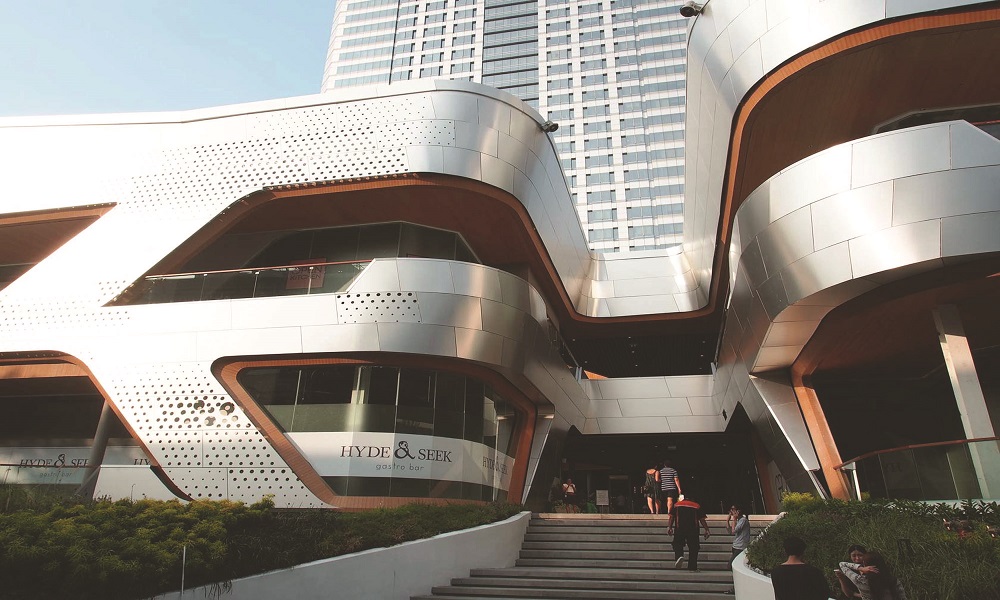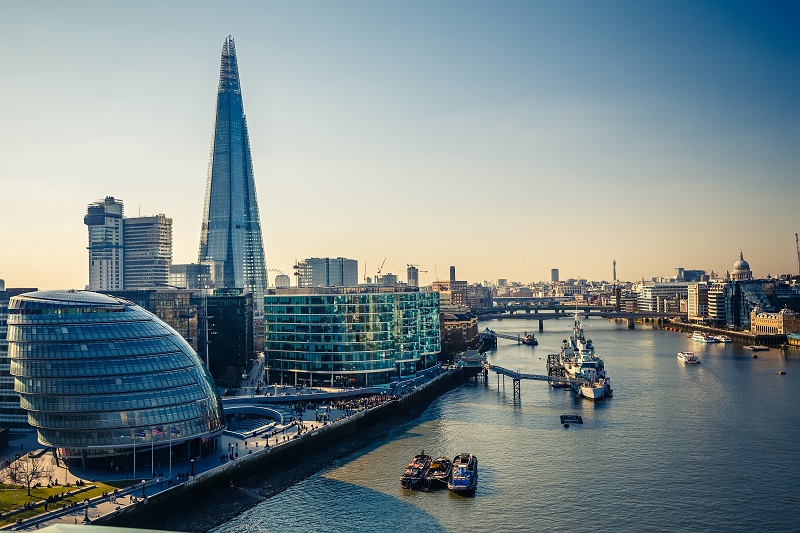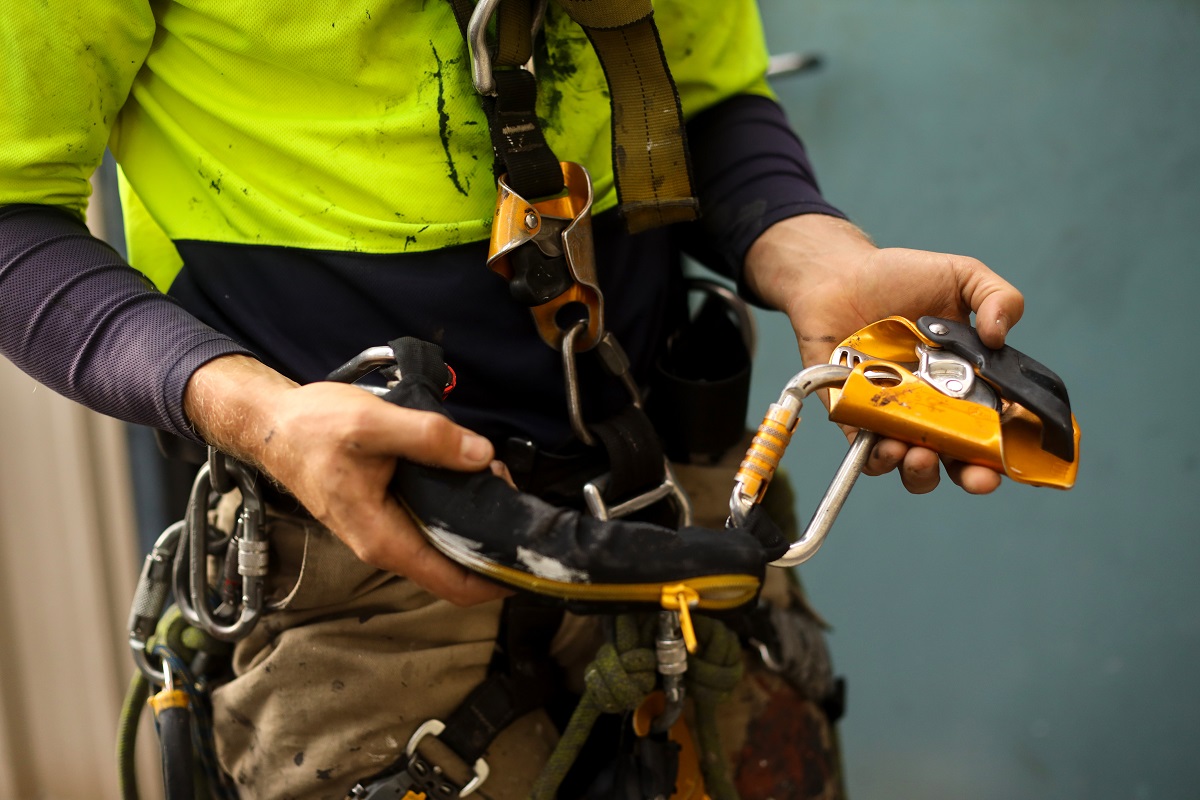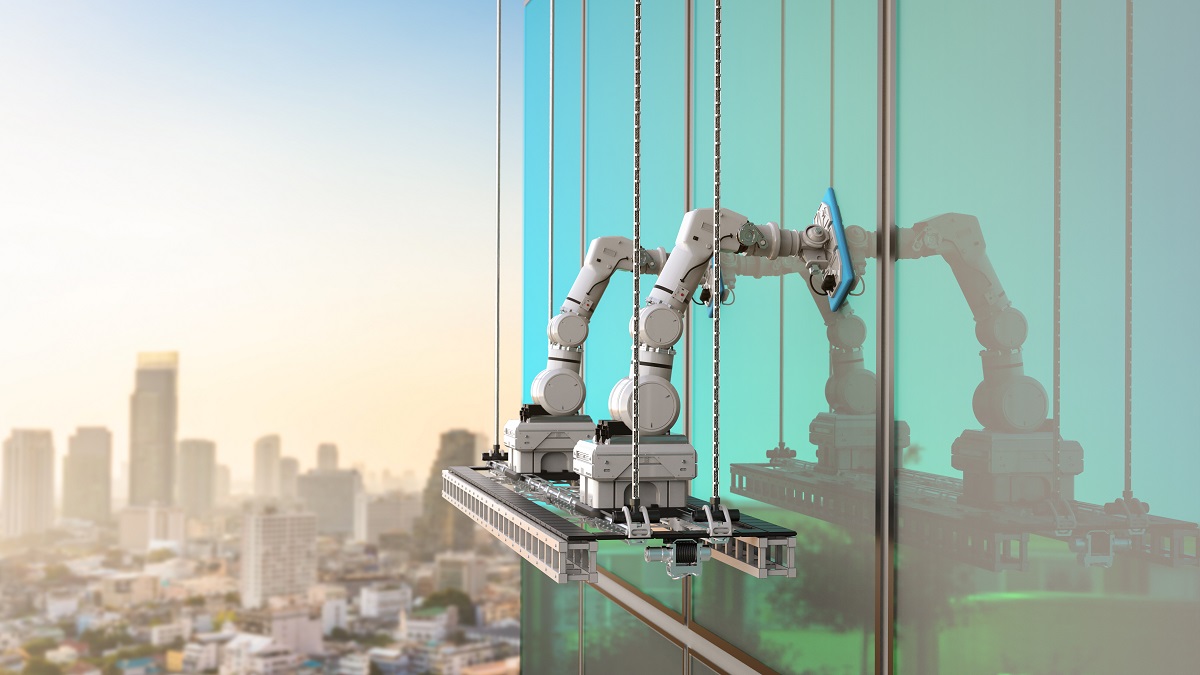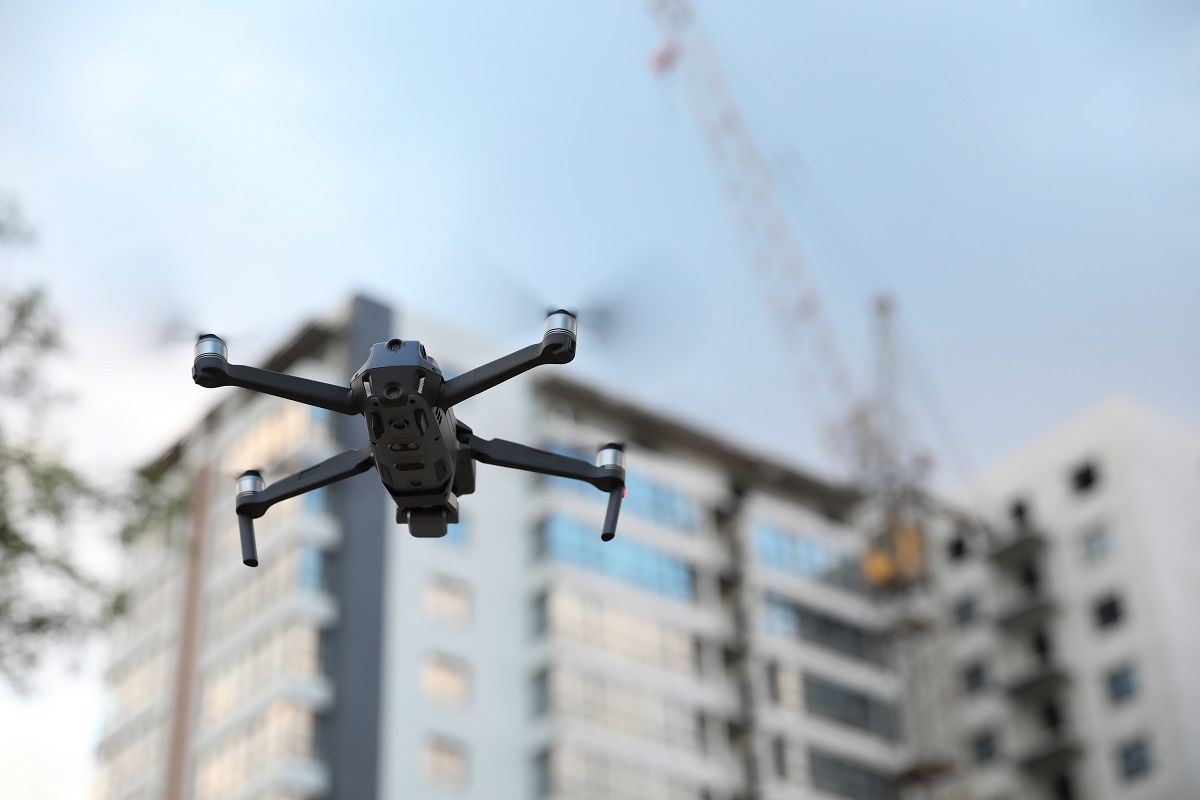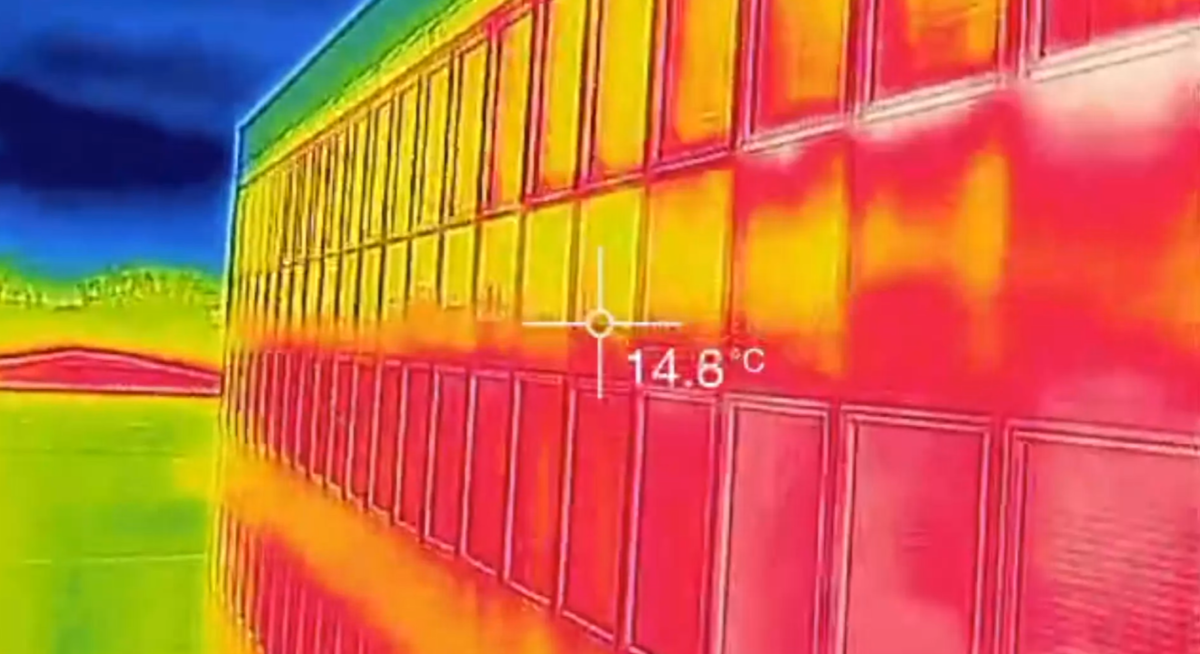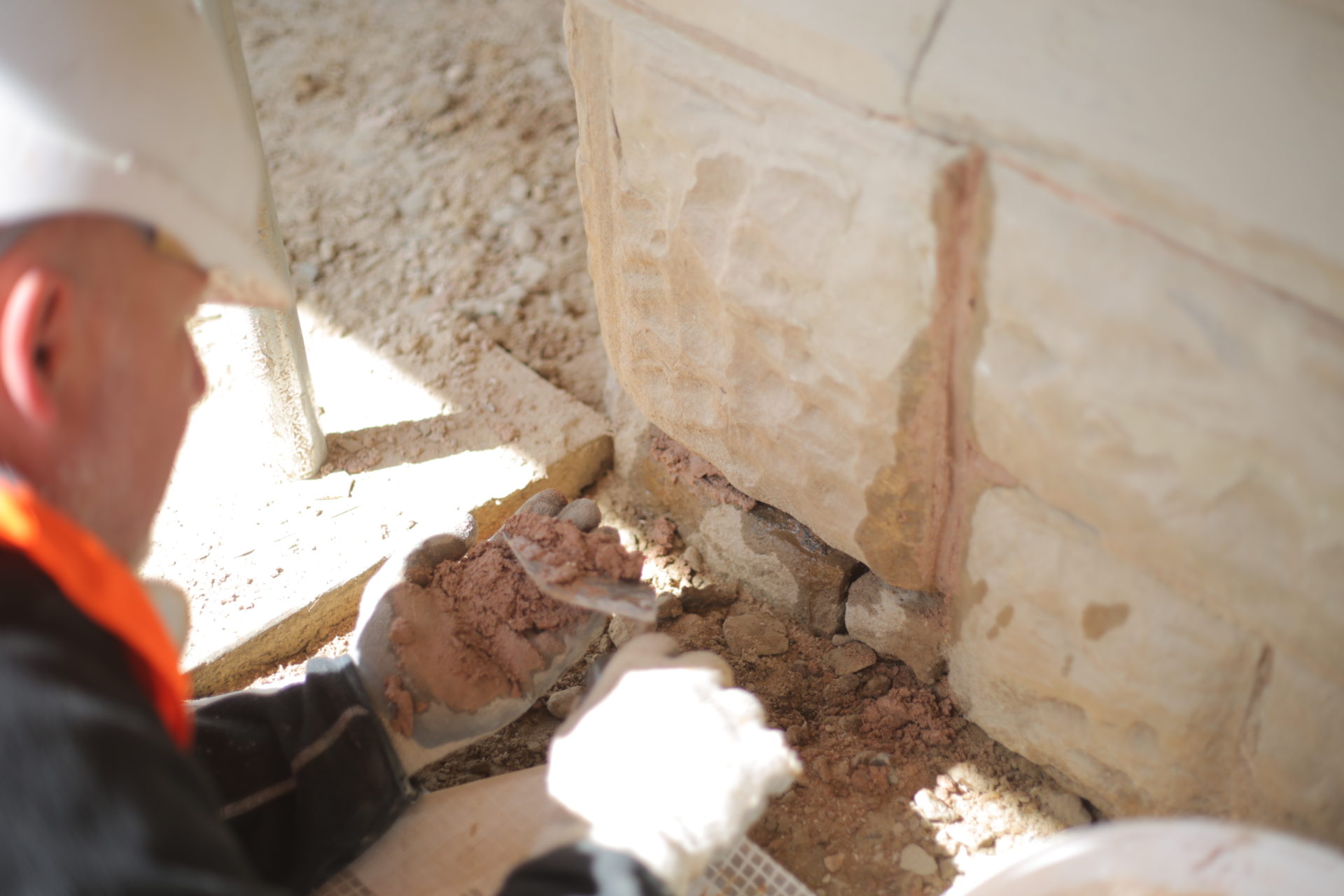As sustainability becomes more important for the future of buildings and built environments in general, this needs to go beyond building and design. Sustainable building maintenance is something we can consider when looking at new, green buildings but we don’t have to discard it when it comes to older buildings, as many of the same sustainable methods can be used on buildings which may not have been built with green and environmentally friendly principles at their heart. The government has committed to a range of green building incentives, including retrofitting programmes, all of which show the future of the industry has to include sustainability and the environment as a consideration.
Here we’re looking at the important of sustainable building maintenance for green buildings and all property in general. First, let’s look at the principles of green building and why it has become so important.
Understanding Green Building
Green building is the concept of creating buildings which incorporate sustainability and minimise their impact on the environment. It is possible to apply environmentally friendly concepts to all processes involved in building and can be incorporated in everything from the design to building to use and maintenance.
Green building looks at the environmental impact and protect and conserve the local area. Buildings can be designed to use less energy, and a wide range of buildings have the potential to be greener. There is debate about green buildings being more expensive and increasing costs, but in reality, it should reduce the lifetime costs of a building, improve energy efficiency and with the right approach, buildings can actually cost less overall.
Principles of Green Building
Green building principles incorporate many different elements, but aiming for net-zero impact is the ultimate focus. In attempting to build and design in a green and environmentally friendly way, you can include:
- Reducing waste
- Using renewable energies and technologies
- Reducing wastewater
- Use of ethical materials
- Working to reduce pollution
- Offering cleaner and safer working environments for the buildings’ users (through improved air quality, etc.)
- Construction and maintenance using sustainable and environmentally friendly methods and processes
Financial Benefits of Green Building
Green buildings have traditionally been something people have avoided due to the expense they can incur. However, new green construction offers many financial benefits, mainly in the lower operational costs area, especially in relation to lower energy bills, waste and water rates. The Construction Marketplace SmartMarket Report found that commercial green buildings demonstrate up to a 9% decrease in operating costs and a 7.5% increase in building value. This shows there a palpable benefits for making sustainability and environmental protection a focus, and this continues into maintenance as well as design and building.
Recommendations for Green Building Maintenance
There are legal protocols that construction companies and architects have to meet when building from scratch. Contemporary materials should be used, and buildings should be designed to operate in an environmentally friendly and responsible way. Every aspect of a building’s design and maintenance should be considered, along with green and sustainable principles. Everything from the use of recyclable and recycled materials to energy efficiency and sustainable building maintenance should be considered and planned, ensuring sustainability remains an integral part of all development phases.
The Role of Building Façades in Sustainability
The building’s façade is its outer covering, so it understandably plays a pivotal role in its appearance and its sustainability. It’s a vital piece of any building’s insulation and weather protection system. The right façade influences internal temperatures and can minimise the waste of energy and the overuse of HVAC systems. The right façade can significantly influence the energy costs of a building, and energy saving is one of the key principles of effective green building. Facades also protect the exterior substrate of a building from the destructive impact of nature, weather, and pollution. The design and aesthetics of a building’s façade can also be a way of showing off its green profile. Composite façade blends allow for glass, synthetics and alloys to be used cleverly to create durable facades which still do the job they are supposed to. The building’s façade is the perfect place to start if you are looking to make a powerful statement about sustainability.
Contracts and Procurement for Sustainable Building Standards
The process of procurement is becoming more personable and allowing for a more in-depth understanding of all parties involved, helping to ensure that all ethical focuses are the same and can be acted upon. A closer and more consultative relationship between and with contractors helps to ensure long-term strategies are properly planned out and sustainable and environmentally-led maintenance plans can be put in place so all the green building works aren’t undone in the future. The owner of the building can lay out their commitment to sustainable practices, and building consultants and other parties involved in the design and building of the building can ensure the sustainability measures are maintained throughout.
A clearer knowledge of the building plant and equipment can also ensure a better understanding of the maintenance required throughout the building’s lifecycle. A sustainable approach to all future maintenance can be stressed and costings can be planned as well as possible, with no nasty surprises or huge hidden costs in the future, thanks to forward planning and an understanding of the building’s requirements as it ages.
Surveying and Engineering Skills for Sustainable Building Maintenance
As a building is being planned, designed and constructed, many professionals are required, but it isn’t often they need to overlap or work together. This is definitely the case for surveyors and engineers. However, if they work in tandem, it can help to mitigate any waste and unnecessary use of resources throughout the process. The two processes can work simultaneously to minimise wastage of equipment, access time, and anticipate problems early in the process, to avoid unnecessary future repair or replacement costs and time.
An example would be if an engineer is visiting the building to fit equipment to the roof. It would make sense to use this time to also allow surveyors to assess and inspect the roof area and recommend any works that may need to be carried out at the same time. It avoids further disruption and it may be possible to utilise the same access solutions and speed up any repair works which may not have been discovered until a later date. There may not always be additional work needed, but being extra cautious is beneficial if it saves costs in the long run.
Maintaining Sustainable Building Services and Building Performance
Sustainability goes beyond the structure and design of a building. Occupants of the building will want to see more than energy badges, performance reports and evidence of due diligence. Their focus will also include how a space will work for its residents or users and whether they can use the space comfortably. The functionality of a building decreases the longer it is used so it is especially important to consider those long-term and reactive maintenance plans to ensure the building can deliver optimal performance for all its users at all times.
This means there needs to be a regular and high-quality level of dialogue kept between the building’s users, usually in the form of its facility managers or similar, and the specialists who provide maintenance services. Certain maintenance tasks may have specific deadlines while others are dependent on the state of the building after survey and assessment. Communication and a flexible approach to the most sustainable methods of maintenance are vital for the health of the building.
The Future is Green: It’s Time to Embrace It
The move towards greener and more sustainable construction and maintenance is driven by requirement but it also has an ethical and moral side. Consumers are drawn to businesses which show their commitment to a cause and this includes green and sustainable measures. Buildings such as the PricewaterhouseCoopers Building in London and Transbay Tower in San Francisco have been designed with green and sustainability at their core, and this is something building owners and architects can look towards as examples for future projects.
Even older buildings, which may not have been designed with green principles in mind, can move towards this direction with their choice of sustainable maintenance services and opting for greener alternatives when it’s time for a change or an upgrade, as well as considering the basics such as minimising waste and wastewater.
Those serious about the environment may even consider ISO 14001 certification which many consider the gold standard in environmental management and maps the criteria for an effective environmental management system.
All building services can be made a little bit more environmentally friendly, and businesses may only need to make small changes to deliver a better quality of building or maintenance service, incorporating green principles. The change benefits all involved, and as already discussed, there are long-term cost benefits as well as benefits to the environment and wider communities.
At Building Transformation we create sustainable building maintenance plans to sensitively restore and repair buildings, to ensure they last.
Speak to a member of our team today to arrange a sustainable solution that meet the needs of 21st century buildings and global sustainability targets.

